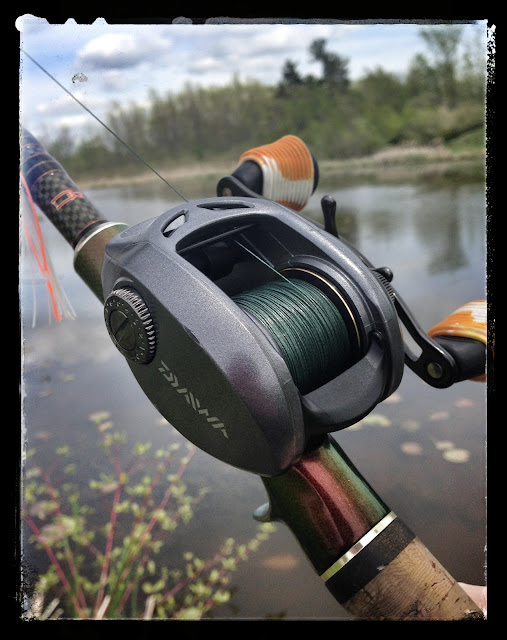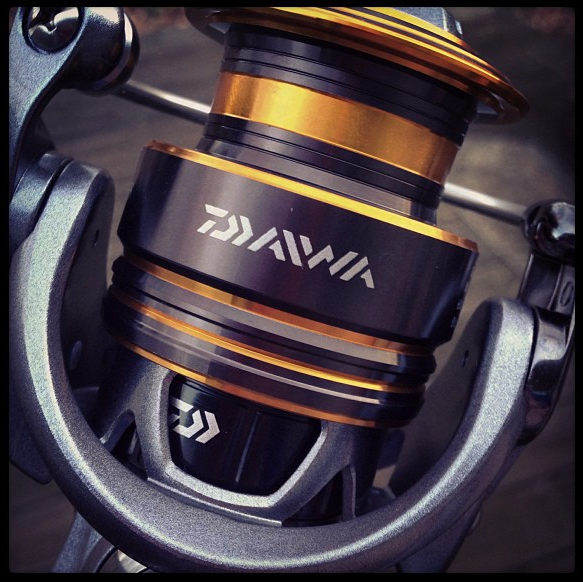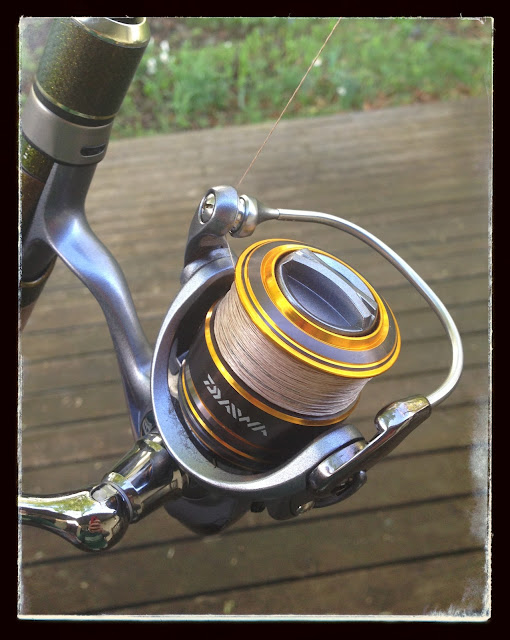This will be my third season using Daiwa reels, I made the switch from Shimano after becoming increasingly un-happy with the changes they were making to their bait casting line-up. So I dipped my toe in the water with a few Daiwa Advantage reels as well as the now defunct Daiwa Viento. Once on the water with these reels I was quickly impressed with what they had to offer, and thus fully took the plunge by selling off my Curado collection and replacing it with Daiwa reels including my first Daiwa Zillion (to this day the most I have ever spend on a reel, and yet worth every penny)
Skip ahead two years, to the hype surrounding an inexpensive new reel that looks, feels and fishes like a high end reel but that is priced under $200, The Daiwa Lexa hit the market to standing ovations from anglers on and off the water, and it's not hard to see why.. I personally love this reel, and I don't care who knows it
Pros:
Just like I did when reviewing the Lexa spinning reel, I'm going to start the "pros" off with ascetics, simply put this reel is easy on the eyes without being flashy. If you like to co-ordinate your rods/reels (hey, some of us do) then this reel pairs incredibly well with a Dobyns Champion series rod (seen below)
Looks can be deceiving, the 100 series Lexa is a nice compact reel weighing in around 8.0oz, but it is much more powerful then its small frame would lead you to believe. With Drag strength of 11lbs this little reel will holds it's own as a finesse or a power reel (yes even frogs). I'm also a huge fan of the paddles on this reel, they are big and beefy and give you some serious cranking power.
Obviously it goes without saying that one perk that comes standard on all Daiwa bait casting reels is the external break adjustment. I for one am sick of fiddling with internal breaks, and and for me this is a big selling perk on all Daiwa reels
The last perk I will touch on is one that is very important to most anglers, and our wallets.. the PRICE. The Lexa reel gives you more bang for your buck then most other reels in it's weight class, coming in at $139/$199 respectively the Lexa offers you a light weight, high quality reel that is super smooth, and able to provide you with all around coverage for a variety of techniques
Cons:
I'm a big fan of both the 100 and 300 series Lexa reel, but I will warn you that the 100 series reel is fairly small. It fits in my hand perfectly, but I know a few fellow anglers that feel it is a bit on the small size. If your in this boat, feel free to jump up to the 300 series, it will give you some added beef, but it is still a nice compact reel
Ill be honest I'm kinda struggling to find "cons" to this reel. In my review of the Lexa spinning reel I even had to resort to listing the availability as a con, but that is not the case anymore, as Daiwa is becoming more an more available to smaller retailers (a low price point high quality reel like the Lexa makes this easier)
The Wrap Up:
If you are looking for a great introduction into Daiwa reels, the Lexa is a great place to start. It is priced so that even novice anglers looking at their first bait caster wont shy away, and it's built tough so that a seasoned tournament pro's would want one (or two) on their boat. Once yet get your hands on a Lexa you will really start to appreciate what Daiwa has to offer, and remember, if they can do all this for under $200, then just imagine what it's like when you step up into a Zillion (insert heaven sound here)
To check out more info on the Daiwa Lexa 100 and 300 Series reel, click HERE
Don't just take my word for it, check out this review by the team at Tackle Tour, found HERE





















































